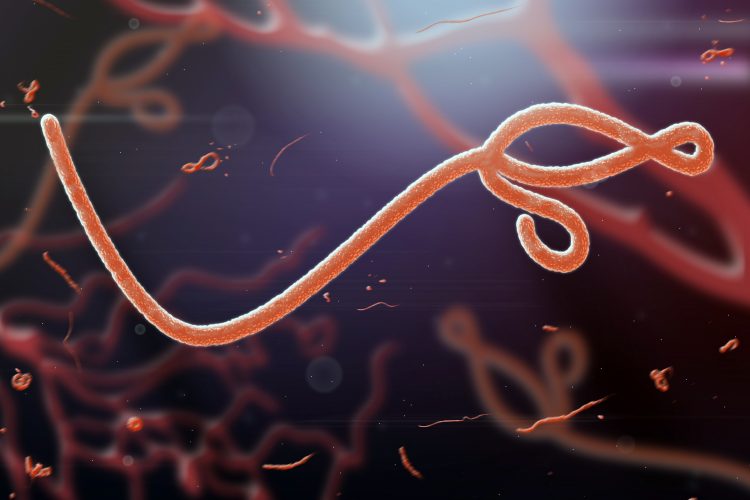Using Ebola’s immune evasion mechanism to target glioblastoma
Posted: 13 February 2020 | Hannah Balfour (Drug Target Review) | No comments yet
An innovative chimeric vaccine containing an Ebola gene that helps the virus evade the immune system has been used to selectively target and kill glioblastoma in mice.


Researchers have used a chimeric vaccine containing a gene from the Ebola virus to target and kill glioblastoma.
“The irony is that one of the world’s deadliest viruses may be useful in treating one of the deadliest of brain cancers,” said Anthony van den Pol, professor of neurosurgery at Yale University, US.
The scientists worked from the principle that a large percentage of cancer cells cannot generate an innate immune response, while healthy cells can. The researchers identified that one of the seven genes in Ebola enables it to evade the immune system, so used this gene as part of a chimeric vaccine to target glioblastoma.
The results were published in the Journal of Virology and demonstrate that injecting a chimeric vaccine containing the Ebola gene for a glycoprotein with a mucin-line domain (MLD) into the brains of mice with glioblastoma selectively targeted and killed the brain tumours.
Van den Pol said MLD’s beneficial effect appears to be that it protects normal cells from infection, but not cancer cells, which lack the ability to mount an immune response to pathogens. He also said that, because the virus with the glycoprotein MLD replicates less rapidly, it is potentially safer than viruses without the MLD part of the glycoprotein.
The researchers concluded that this kind of chimeric vaccine might be used in conjunction with surgery to eliminate glioblastoma tumours in future.
Related topics
Disease research, Drug Discovery, Drug Targets, Immuno-oncology therapeutics, Immunooncology, Vaccine
Related conditions
Ebola virus, Glioblastoma
Related organisations
Yale University
Related people
Anthony van den Pol



